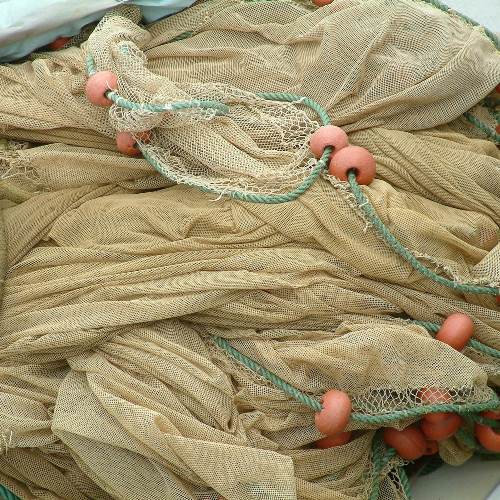Methylmercury analysis
ALS offers methylmercury analysis by GC-ICP-SFMS (Gas Chromatography coupled with ICP-SFMS). Testing for methylmercury is offered for:
- Water
- Soils, sediment and sludge
- Biota (fish, shellfish, plants etc.)
- Blood
- Serum
- Plasma
About methylmercury
Methylmercury, MeHg, is highly toxic and is formed from inorganic mercury through the process of methylation. This occurs for example in the sea as well as in lakes and rivers, soils and sediments. Methylmercury is biomagnified in aquatic food chains meaning the concentration increases for each step in the food chain. Consequently, certain animals may have concentrations well over the levels in the surrounding environment. By consuming fish, methylmercury is transferrable to humans and this is the most significant source of methylmercury exposure to humans.
Methylmercury has historically been produced as part of manufacturing of for example acetaldehyde. The main anthropogenic source of methylmercury pollution today is through the burning of waste containing inorganic mercury. Additionally, methylmercury is generated when burning fossil fuels.
